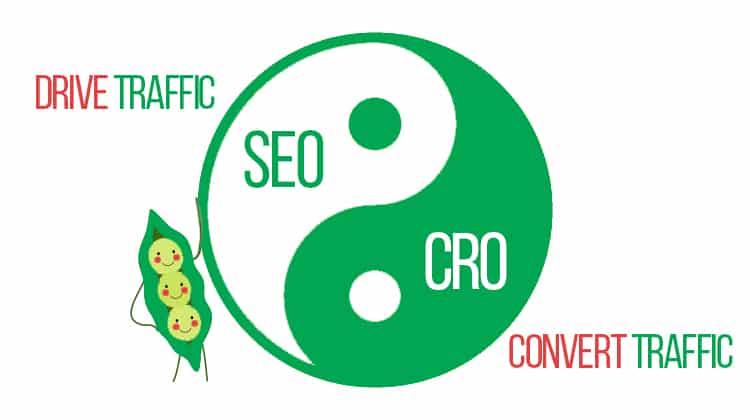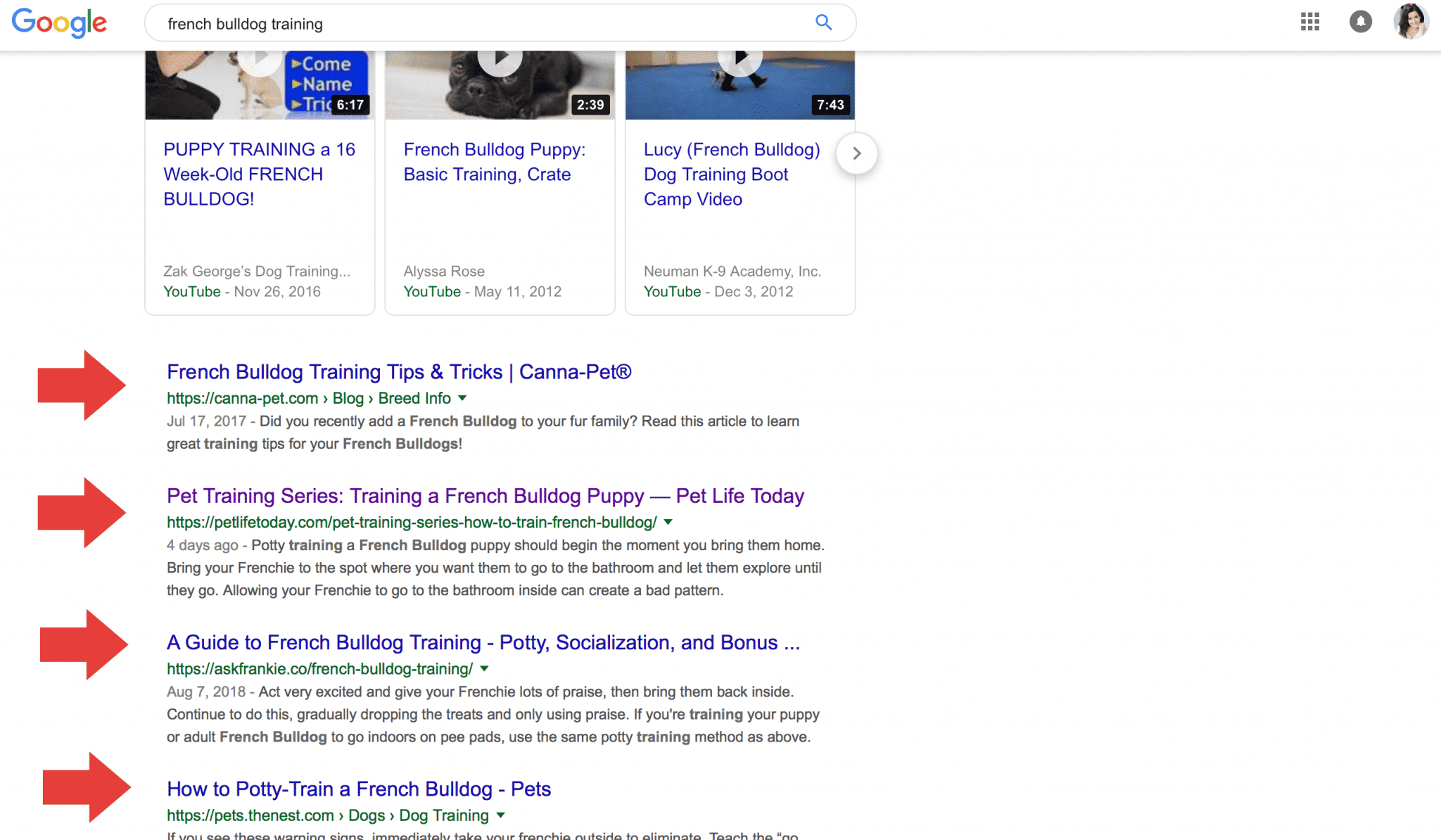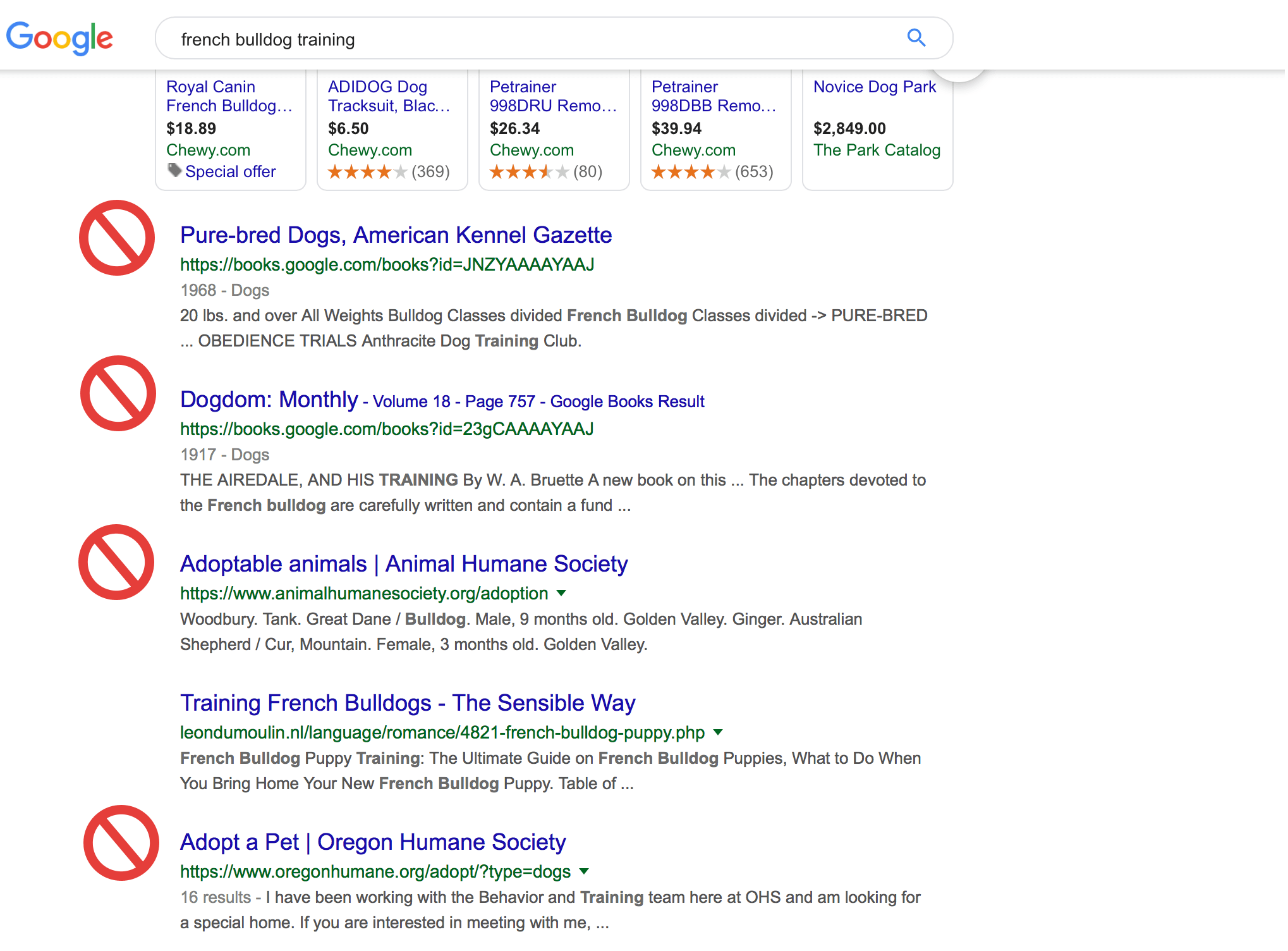by Cydney Hatch • January 16, 2019
CRO and SEO: Two Peas in a Marketing Pod
Conversion rate optimization (CRO) and search engine optimization (SEO) are two important aspects of any successful digital strategy, so naturally, they should play nice together, right?
In theory, conversion optimization aims to improve the user experience, which is what Google looks for when it creates it’s search rankings. So, if you are testing and improving your site, the higher it should appear in the ranking…
And, the more traffic you bring in through better websites and search rankings, the more conversions and money your site will get.
Although this all sounds great, the true test of CRO and SEO working well together is execution and how you optimize your business website. CRO and SEO can optimize online presence for both customers and search engines alike and if you do it right, they are like two peas in a pod that work together to help your business succeed.

In this article, we will talk about how CRO can work with SEO to make a harmonious combination for your marketing strategy and give you “peas of mind” for the future.
CRO and SEO
As a business owner, you need to make that sure people are getting to your business website. So, whether your conversion goal is to drive people to your store, having them use a discount code or sharing a piece of content on their social media, your website needs to be both aesthetically pleasing and SEO friendly.
In this section, we will talk about what CRO and SEO are and how they relate to each other.
What is CRO?
CRO stands for conversion rate optimization, which basically means optimizing a site to ensure potential customers have a “easy breezy” experience on your site, resulting in a conversion. Many times people think conversion relates solely to monetary goals, but there are many types of engagement people can have for their target audience like:
- Making a purchase
- Sending you a DM
- Adding an item to a wish list
- Starting an online chat
- Subscribing to an email list
- Downloading content
- Participating in a poll and or survey
- Upgrading services or products
- Leaving comments
- Sharing content on social media
- Using a sale discount code
- Any other KPI your company finds valuable
This list is just the beginning. There are tons of ways people can engage with your site, so you need to make sure that your site is designed to help people take these actions.
CRO, like most marketing tactics, is not a set it and forget it service. CRO is an ongoing process that any business should use to make sure their website is functioning as best as it can.
CRO is focused on minimizing friction for your potential customers so they can easily take the desired action you want them to take on a webpage, website or within a campaign. If your potential customers need to think about what they need to do, how to work your checkout or are inconvenienced by anything during their experience you are doing something wrong. CRO helps you minimize problems for your potential customers so they can consume your content in the easiest and personalized way they prefer!
At a very high level, the CRO process involves:
- Testing areas on your website and identifying problem areas
- Conducting qualitative/quantitative research to collect data about broken areas on your website
- Checking out your competition to gain insights into what is working on competitors’ websites
- Create a conversion road map for your website (what pages need to be fixed)
By doing some level of this process, you are improving not only your website, but helping potential customers have less friction when navigating your site. CRO speaks to the human behavior of needing things to be easy.
Happy customers = more purchases = happy YOU!
What is SEO?
If CRO optimizes a site for human behavior (making things easy and personable for people to use) then SEO optimizes a site for search engine behavior and relevance (making things easy and personable for search engines to use).
SEO is the process of optimizing your site to be better ranked by search engines, particularly Google and Bing and also works to increase the quantity and quality of traffic to your website through organic search engine results.
Now, that all sounds nice, but what does SEO and optimizing on search engine’s really mean? SEO means that you are looking at the following things:
- Traffic Quality: Working to attract visitors who are genuinely interested in products/services that you offer. (Relevance)
- Traffic Quantity: Once you have the right people moving towards your site, more relevant people will be coming!
- Organic & Paid Results: Ads make up a significant portion of many SERPs but organic (unpaid) traffic can also be improved.
Google goes out and gathers information about all the content they can find on the internet and rank the results to build a digital index. This index is then fed through Google’s algorithm that tries to best match people with relevant materials they are looking for.
By using targeted and personalized tactics, SEO efforts work to optimize your entire digital presence to better appeal to search engines and visitors alike!
How They Relate
When your website is designed with precision and the SEO side of things is taken care of too, then your bounce rate will be better—which makes Google happy and your potential customers happy. Simply put, one improves the chances of people having the opportunity to convert on a website by driving better traffic to it.
 CRO and SEO can work together if done well, and below we will talk about ways in which they can jive for best results!
CRO and SEO can work together if done well, and below we will talk about ways in which they can jive for best results!
6 Ways to Integrate SEO and CRO
While CRO and SEO each have their own specific tactics, here are a few of the ways that we combine SEO and CRO to help our clients succeed online.
1. Keep Things Simple
A lot of marketing failures come from things being to complicated. This is true when it comes to SEO and CRO, too. The more “static” or “friction” your content creates, the less success you will have. So, one of the best ways to make CRO and SEO work together well is to keep things simple.
Here are a few things to consider:
- Reduce Links: Reduce the number of links per page to improve SEO by passing more value to the linked pages and improve your conversion rate by reducing distractions and keeping relevant choices together.
- Have Clear Purpose: Refine your purpose by taking away the “fluff” content and visuals and add clear call to actions or well titled landing page that better inform visitors.
- Tell More (Humanity): Give people more concise information and pair it with simple reviews to help social proof work for your business. The variety of language around your action and page topic will give you positive factors with Google and entice visitors to spend more time on your site learning.
- Simplify Your Website Navigation: Cut out extraneous content in your navigation menus, particularly that which does not serve your goal of converting visitors or add value. This will make it easier for visitors to move around your site, and for search engines to crawl and index it.
When in doubt, always look to simplify your site contextually, visually and simply your content.
2. Create Relevant Content
Tons of marketers will tell you that relevant content creation is the most effective SEO tactic. I mean, it is almost a “marketing 10-commandment”, so how can you be obedient and make content relevant?
 The answer is keywords and content blogging!
The answer is keywords and content blogging!
When people are looking for specific answers and things, they typically type several words in the search. Those words can be the key to your ranking success if you include them throughout your content and website ad copy.
There are many free keyword tools out there like SpyFu, Aori and the Google Ads Keyword Tool that will help you succeed in targeted searches.
Keywords are also not just single words—you can also find long-tail keywords that are relevant for your business. Long-tail keywords help users find exactly what they’re looking for and improve rankings at the same time. By having contextual calls to actions on your site, it will improve your conversion rate.
3. Create clear and Clever Headlines
When you search something online, you want to find stuff easily that makes sense, right?
Well, as a business owner, you want to make sure both search engines and potential customers know exactly what a page or piece of content is about at a glance. So for example, if I am looking for help in training my new French Bulldog puppy, Nigel, I will want to search “French Bulldog Training” into Google.

As you can see above, there are four great examples of clear and relevant headlines to my search. Each give me a quick glance understanding of what the website or content piece will be about!
Now, if we look farther back (page 14) in the search results, you will see the headlines are less than ideal for my search serving me headlines for adoptable animals, dogdom books and general information on French bulldogs (not what I am looking for when trying to train a puppy).

Make sure the meta title in the SERPs (search engine results pages) matches the headline on your main entry pages. Include a targeted keyword and your unique selling proposition (what you have to offer visitors). This will ensure greatest impact from SEO and CRO together.
4. Get Engaging
Like social media, great engaging content on your website not only engages your visitors better and increases the chances of them sticking around, but it has also been shown that websites with higher engagement are given rankings boost in Google, particularly in recent updates.
This is not just creative ad copy, website landing page words or snazzy blog posts. Engaging content on your blog like an eBook or guide is also a great way to entice potential customers to engage with your website!
5. Include Social Proof
Reviews and social proof testimonials are the new black as they both carry tremendous weight with search engines and, more importantly, with visitors, and they can help you build your credibility and authority.
There’s evidence that reviews influence local, mobile, and Google Map searches as well. Therefore it’s critical to find some great testimonials from your clients and show them clearly on you homepage and product/service pages to get best results.
6. Improve Page Loading Time
Everyone is all about speed these days and, according to Google, 53% of mobile users abandon sites that take over 3 seconds to load! In fact, a study done by Amazon concluded if their pages take just one second too long to load, it could cost them $1.6 billion in sales each year!
Yikes! So what does this mean for you? Well, you need to make sure speed works within your CRO and SEO strategies!
Even more discouraging, because slow sites have low engagement, search engines, in turn, punish those sites, pushing you farther down the ranks. Luckily, there are tools like ImageOptim (for Mac)or RIOT (for PC) to speed up your website and visual downloads.
To test your site’s current speed, check out tools like Pingdom, gtMetrix or Pagespeed Insights. It’s important to regularly check how your site is speed-performing. A great tool to use is Google’s PageSpeed Insights.
Peas Out: CRO and SEO Work Great Together
As you can now start to see, SEO and CRO really are a match made in marketing heaven.
When used correctly and strategically to compliment one another, it can boost the efficacy and power of the other, and will inevitably make you a lot in sales from your website!
As many still see them at odds with one another, I think they can truly enable business owners and online marketers to achieve their goals: SEO drives the traffic to your site and CRO closes the deal by making them stay and convert.

Oh snap! That is amazing!
If you need help on understanding how you can balance the two best for your online marketing, reach out to me here! It can be done!
What do you think? Does SEO and CRO sabotage each other or are they “marketing peas in a pod?”





